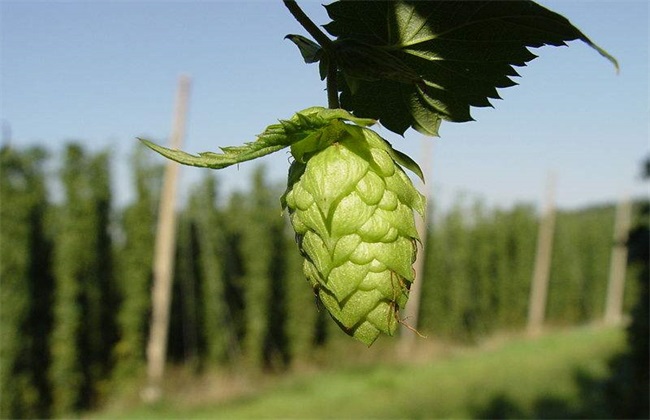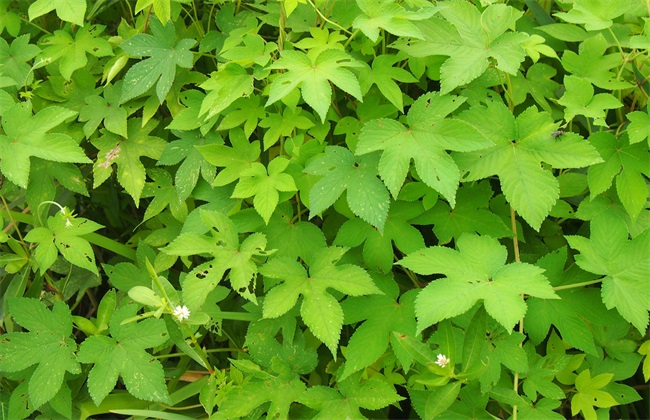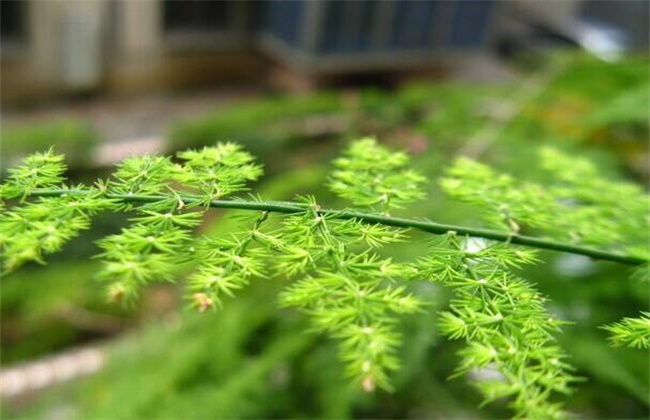Field management technology of hops
Hops is a very common wild vegetable in rural areas, and now it also has a very wide planting area in our country. Hops can not only be used in beer brewing, but also has a high efficacy. So now hops is still very popular, when we plant hops, we should pay attention to do a good job of management in order to increase the output as much as possible. So the editor brings you the field management of hops today. Let's take a look at it.

1. The seedlings are fixed
After the hops seedlings are unearthed, we have to start inter-seedling work to reserve sufficient growth space for strong seedlings, remove some weak seedlings and avoid consuming too much nutrition. Then when the seedlings grow to about 20 centimeters high, they can begin to fix the seedlings. When keeping seedlings, we should make reasonable adjustments according to the fertility of the soil and the plant-row spacing of the varieties. Under normal circumstances, in the plots with large plant spacing and elevated cultivation, each plant can retain about 3 trees. After fixing the seedlings, strengthen the management to ensure the normal growth of hops.
2. Draw and bind the vine
When the hops seedlings grow to about the height of 50cm, we should properly tie the vine and draw the vine. You can use string or plastic rope to tie the branches of hops to the wire on the scaffolding according to their growth habits. The vine is usually tied once in about 4 days, preferably on a sunny day when the plant is slightly withered. Prevent the branches from being too hard and cause the branches to be broken when binding the vines. Then carry out the work of thinning branches and leaves when the seedlings grow to two meters high. The branches of excessive density, overlap and diseases and insect pests should be removed in time. Improve permeability, promote the growth of main vines, and reduce the infection of diseases and insect pests.
3. Water and fertilizer management
During the growth of hops, we must do a good job of watering, especially during the overwintering, if there is a water shortage. Then it will have a great impact on the growth of hops, and the yield will decrease as a result. Especially in the flowering period, we must ensure that there is sufficient water, in the whole growth period, we need to water about 7 times. Then, when watering, it can be combined with fertilization, and nitrogen fertilizer can be applied at seedling stage, about 12kg per mu. And then topdressing at the budding stage and flowering stage.
4. Ploughing and weeding
Weeding is also very important for the growth of hops. If weeding is not done in time, weeds will rob the growth and nutrition of hops. It has an impact on the growth of hops, and every time after watering, or after rain, a ploughing and weeding work will be carried out. The ploughing depth should be adjusted reasonably according to the growth period of hops, for example, it can be hoed properly in the early and later stages of hops growth. In the flowering period, we should mainly use the shallow hoe to avoid root injury caused by too deep, and reduce the yield.
The above is a brief introduction to hops field management. The field management of hops is very important, a lot of details need us to pay attention to, if you want to increase production, then you must do a good job of management. That's all for today's introduction. This article is for reference only. I hope it can help you all.
Related
- Fuxing push coffee new agricultural production and marketing class: lack of small-scale processing plants
- Jujube rice field leisure farm deep ploughing Yilan for five years to create a space for organic food and play
- Nongyu Farm-A trial of organic papaya for brave women with advanced technology
- Four points for attention in the prevention and control of diseases and insect pests of edible fungi
- How to add nutrient solution to Edible Fungi
- Is there any good way to control edible fungus mites?
- Open Inoculation Technology of Edible Fungi
- Is there any clever way to use fertilizer for edible fungus in winter?
- What agents are used to kill the pathogens of edible fungi in the mushroom shed?
- Rapid drying of Edible Fungi



